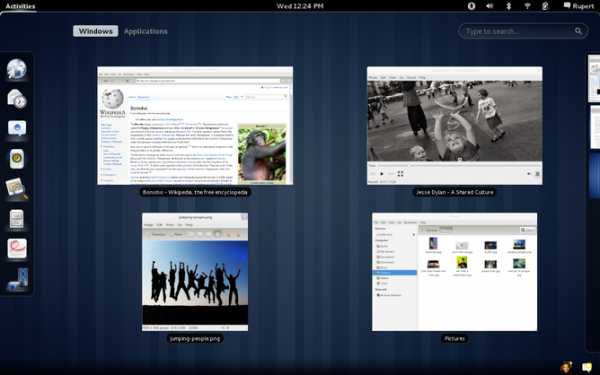GNOME (GNU Network Object Model Environment) is one of the popular desktop environments in the Linux world. It is constantly supported and is quite easy to integrate with hardware and software. Worth mentioning is the fact that Canonical has even adopted GNOME as the default desktop environment for Ubuntu. However, it should be remembered that GNOME is not the easiest tool to use. The design is quite different from the familiar Windows interface, and for initial interaction and ease of use, you will have to fiddle with existing extensions. For example, if you need a Windows-like taskbar for apps or window switching, you can try Dash to Panel for yourself. There is no point in duplicating the installation tutorial here, it is better to use the developer’s instructions. But keep in mind that with a large set of extensions the shell starts to noticeably eat up the system resources of low-powered machines.

